Top 10 Gemstones with Desired Inclusions
Inclusions are elements from other minerals or objects (foreign matter/material, irregularities in the crystal lattice).In general, inclusions are considered flaws that are unwanted in the gemstones because inclusions often cause cracking, chipping, breaking and other unpleasant things.
But in rare cases, inclusions are desired. This list is about valuable gemstone inclusions - "defects" that make the gem more interesting, and usually, more expensive than the varieties without inclusions.
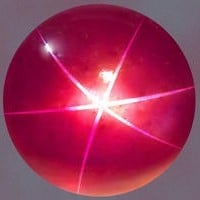
Star Rubies are a rare variety of Ruby that is highly prized. The "star effect" is due to inclusions of rutile needles also known as "silk".
Rutile is a crystal of titanium dioxide that occurs in several gems and is perhaps the most desired inclusion.
Only 3 out of 100 rough sapphires will have stars. However, out of these three:
1) one will have a good star but a poor color
2) one will have a poor star but a good color
3) and only one out of 100 will have both a good star and a good color! Most star rubies are pinkish-red, purplish-red or purplish-brown. A red ruby with a perfect star is very rare and costly. Usually pink star rubies have the best stars.
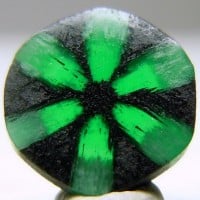
How this green gem got a beautiful Black & Green 6-point radial pattern? Actually only the green sections are emerald crystals while the black sections are dark/black carbon impurities that entered the gemstone structure during its formation.
They formed a 6-point pattern because emerald has a hexagonal crystal structure (6-sided crystals) and the dark impurities filled in at the crystal junctions.
However, carbon hardness varies and Trapiche Emerald can be very susceptible to cracking, chipping and breaking. Carbon is like coal between the emerald crystals, where carbon can be harder or softer. In general, carbon hardness varies from graphite to diamond.
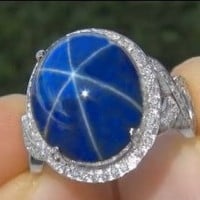
Star Sapphire's "star effect" is due to the same inclusion described in Star Ruby and Cat's Eye - rutile silk.
Only 3 out of 100 rough sapphires will have stars (for more details - read my item description to Star Ruby above, everything is the same)
Star sapphires can occur in all colors except red because the red variety of corundum is already called ruby.
This might be cooler than the star ruby!
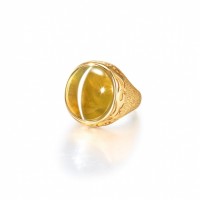
The Cat's Eye effect is produced by needle-like rutile inclusions or microscopic tubelike cavities, visible as a single ray of light passing across the crystal.
Chrysoberyl is the 3rd hardest gemstone at 8.5 on the hardness scale, after diamond at 10 and corundum at 9 (ruby, sapphire). It's harder than topaz (8).
Chrysoberyl is a great gem and Cat's Eye Chrysoberyl is its most prized variety - for the inclusions, of course.

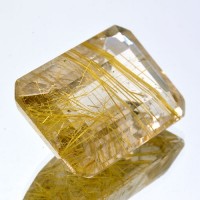
Again, rutile inclusions (rutile needles/silk) form lovely patterns inside the quartz. These inclusions mostly look golden, but they can also look silver, copper red or deep black. Rutile needles can be sparse or dense, can be distributed randomly or in bundles, and can sometimes be arranged star-like. Rutilated quartz is valued for the quality and beauty of these inclusions. Without the rutile inclusions it's just a plain quartz.
Rutilated Quartz is also pretty hard - at 7 on Mohs hardness scale (for comparison, amethyst is at 7, too)
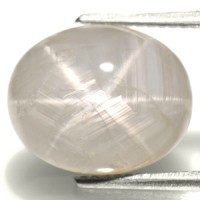
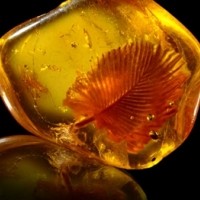
Unlike most of the inclusions, amber inclusions are organic - amber may contain organic matter that was trapped in the gem about 50 million years ago (mostly insects and herbs). Amber is just known for those inclusions.
Amber is the fossilized, hardened resin of the pine tree.
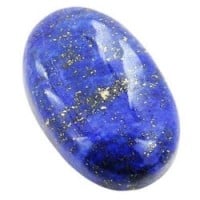
Lapis Lazuli color is usually royal blue but pyrite inclusions give it its golden shimmer.
By the way, Lapis Lazuli is actually a rock used as a semi-precious gemstone. The reason? Its intense color and the golden pyrite inclusions. It is one of only a few rocks used in jewelry making.
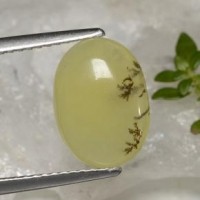
(aka Dendritic Opal)
It carries dentritic inclusions that form dark-green, moss-like patterns. Without the dentritic inclusions it's just a common opal of no particular interest.
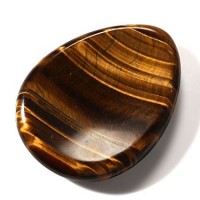
Tiger's Eye is a gem from the quartz group with a silky lustre and many stripes. This happens when quartz crystals include altered amphibole fibres that have mostly turned into limonite. Again, inclusions make this quartz interesting.
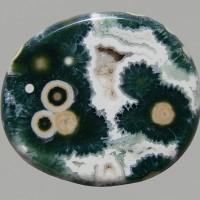
It contains up to 20% foreign material that explains its multicolored, striped, spotted or flamed appearance
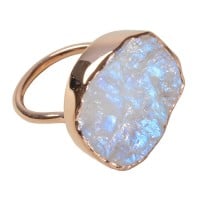
Even though its hardness is a bit low, it still looks beautiful!
Inclusions in Moonstone make it glow like the moon.
Mohs scale hardness: 6 - 6.5 (relatively low)
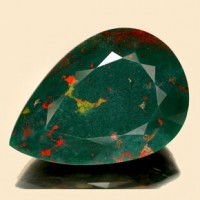
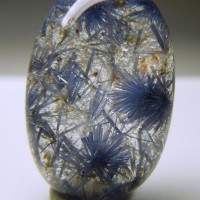
It contains incredibly beautiful dumortierite inclusions.